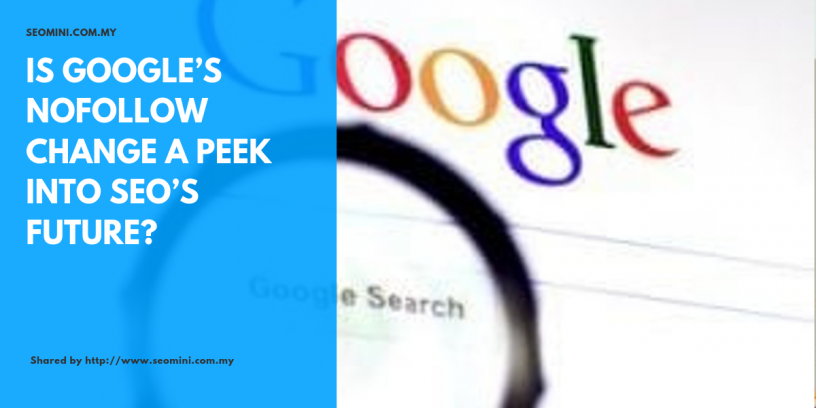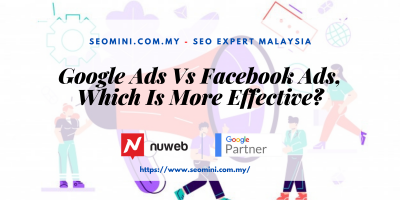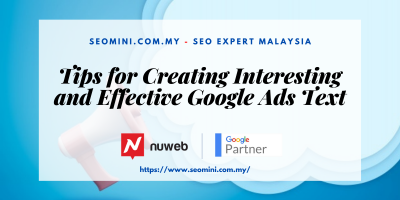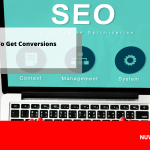Google has made more than a few search-engine changes over time.
Remember Authorship? Search optimizers once built recommendations around it. We had to insert code on web pages. Then one day, poof, Google discontinued it.
Another example is PageRank sculpting. Back in 2009, former Google engineer Matt Cutts addressed its benefits. Again, search optimizers spent many hours tweaking pages with nofollow attributes until Google eventually stated PageRank sculpting was no longer viable.
…search optimizers spent many hours tweaking pages with nofollow attributes…
Businesses don’t like wasting money. As frustrating as it can be, however, investing in technical changes for search engine optimization is sometimes necessary. If you don’t want your competitors to improve their rankings, you must invest to keep up, even if the changes don’t stick around. It’s another reason why SEO takes time and money.
Changes to Nofollow
Once again, we are faced with a change from Google. In a Sept. 10 post on its Webmaster Central Blog, Google stated that the nofollow attribute is now a hint instead of a directive.
Here’s the backstory. Google, Yahoo, and Microsoft created the nofollow attribute in 2005 to combat link spam. If it encountered nofollow in a link, a search-engine bot would not pass equity and authority to the receiving site. Googlebot wouldn’t even go through the link to see what was on the other side.
Backlinks to a website helped it rank better. That, after all, was the founding premise of Google’s ranking algorithm. Search engines hoped the attribute — adding rel=”nofollow” to hyperlink code — would be adopted by owners of sites that published user-generated content. The idea was that spammers would no longer post links if the links were nofollowed. Thus nofollows started showing up on forums, blog comments, social media links, and so on.
For good-faith search optimizers, the nofollow attribute became a way of linking to a page but not endorsing it. An ecommerce site, for example, could insert a nofollow link in the footer to, say, its conditions-of-use page. The link helped readers find that page, but it didn’t pass authority to it. This is PageRank sculpting.
New Attributes
In addition to changing nofollow from a directive to a hint, Google also rolled out two new attributes to help it understand the intent of a link.
- rel=”sponsored” identifies links in advertisements, sponsorships, or other commercial agreements that result in compensation to the publisher. Previously, Google expected a nofollow here.
- rel=”ugc” is for comments, reviews, forum posts, and similar — “ugc” is “user-generated content.”
In its Sept. 10 post, Google stated there is no need to change existing nofollow attributes. But I’m advising my clients otherwise. If you are using nofollows to keep Googlebot out of certain pages or sections of your site or to control crawl budget, adopt other methods, such as the robots noindex meta tag. Google has turned your nofollow steel door into a screen door.
Why Change?
Links made the original PageRank algorithm. PageRank led to better rankings. The hunger for better rankings drove link spam. The intent of the nofollow attribute, again, was to combat shady links.
The result was that large portions of the web used nofollow links. Suddenly Wikipedia nofollowed links to its citations event though they served a legitimate editorial purpose. Evidentially Wikipedia was afraid of spammers and obsessed with keeping its PageRank.
Many publishers and news outlets did the same: nofollowed links to preserve PageRank. The web that Google so desperately wanted to crawl was beginning to be inaccessible.
Thus Google opted to revert the nofollow directive:
Links contain valuable information that can help us improve search, such as how the words within links describe content they point at. Looking at all the links we encounter can also help us better understand unnatural linking patterns. By shifting to a hint model, we no longer lose this important information, while still allowing site owners to indicate that some links shouldn’t be given the weight of a first-party endorsement.
I’m curious how long Google has been testing nofollows as hints. As we’ve all witnessed, Google will roll out changes without telling us. And they don’t (typically) make a change without good reason.
Adios Traditional SEO?
One could argue that the nofollow change is a step towards Google relying on its internal systems to understand the web. If so, traditional SEO signals such as robots.txt, schema, alt attributes, and XML sitemaps could fade, becoming things of the past.
Sources








